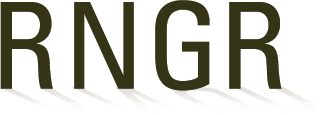A molecular and fitness evaluation of commercially available versus locally collected blue lupine Lupinus perennis L. seeds for use in ecosystem restoration efforts
Gibbs, J. P., Smart, L. B., Newhouse, A. E., Leopold, D. J.
2012.
Restoration Ecology, Volume 20, Number 4: 456-461
Journal Article
Development
New York, USA
Dependence on wild seed sources is often impractical for large-scale habitat restoration programs. Reliance on commercial seed supplies of unknown provenance and fitness is thereby warranted. Little consideration has been given, however, to how the large volumes of seed required should be sourced. We evaluated commercial and locally collected seed sources for potential use in a New York State-based, landscape-scale program for restoring blue lupine Lupinus perennis . Through analysis of microsatellite markers we determined that “native” lupine designations by some commercial suppliers were in fact interspecific hybrids and therefore unreliable; at least two commercial sources, however, were genetically as close to native New York populations as native New York populations were to one other. Common garden experiments revealed that seed source influenced first-year overwintering survival and subsequent height growth of surviving plants; seed sources more closely related genetically to native New York populations survived better and produced more stems per individual in the field in the area targeted for restoration. We conclude that (1) commercial suppliers often but not always offer reliably characterized seed sources of sufficient genetic similarity to native populations to warrant their use in restoration projects and (2) genetic affinity of potential seed stock to native populations is positively related to its fitness in the environment targeted for restoration.





